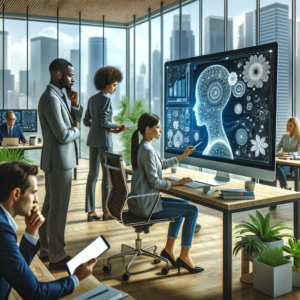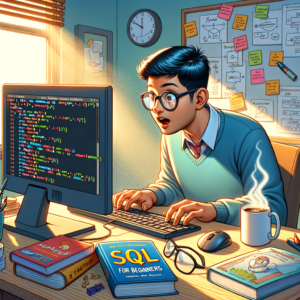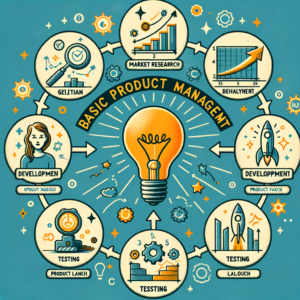In any team, communication stands as the backbone of success. It fuels collaboration, fosters a positive work environment, and drives projects towards their goals. Understanding and implementing Effective Communication Techniques for Teams can transform the dynamics within a team. This article explores essential strategies to enhance communication among team members, highlighting Effective Communication Techniques for Teams.
Open and Transparent Communication
Encourage a culture where team members feel safe to express their thoughts, ideas, and concerns openly. This openness leads to trust and respect, which are pillars of strong team dynamics. Regular team meetings and one-on-one sessions provide platforms for such exchanges, ensuring everyone’s voice gets heard.
Active Listening
Active listening involves paying full attention to the speaker, understanding their message, and responding thoughtfully. It’s not just about hearing words but also picking up on non-verbal cues. Teams that practice active listening can avoid misunderstandings and build a deeper connection among members.
Clear and Concise Messaging
In a world flooded with information, clarity is key. Ensure that messages are straightforward and to the point. This applies to both verbal and written communication. It prevents confusion and ensures that tasks are understood and executed accurately.

This image was generated using the Discord AI platform.
Constructive Feedback
Feedback is a two-way street that should always aim for growth and improvement. When giving feedback, focus on the behavior, not the person, and offer solutions or alternatives. Likewise, receiving feedback with an open mind and willingness to improve is just as important. This practice nurtures a culture of continuous learning and development.
Utilize Technology Wisely
In today’s digital age, numerous tools facilitate team communication. Whether it’s project management software, messaging apps, or video conferencing tools, choose platforms that best suit your team’s needs. However, remember that technology should enhance, not replace, human interaction.
Recognize and Adapt to Communication Styles
Every team member has a unique communication style. Some may prefer direct and brief exchanges, while others thrive on detailed discussions. Recognizing and adapting to these differences can enhance team interactions and prevent potential conflicts.
Conclusion
Effective Communication Techniques for Teams are the lifeline of productive teams. By fostering an environment of open and transparent communication, practicing active listening, ensuring messages are clear and concise, providing constructive feedback, wisely utilizing technology, and adapting to individual communication styles, teams can achieve unparalleled synergy and success. These techniques not only improve project outcomes but also enhance the overall team experience, making every member feel valued and understood.
We highly recommend to check out in Coursera website, the Communicating Effectively in Groups online course.













